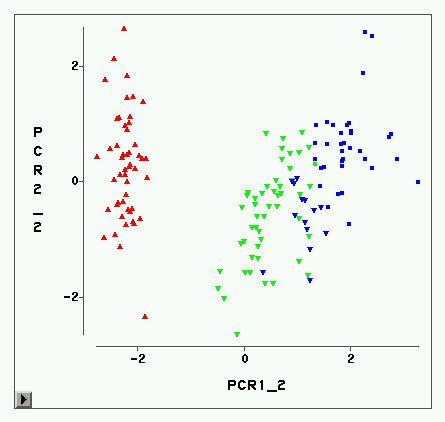The association between multidimensional exposure patterns and outcomes is commonly investigated by first applying cluster analysis algorithms to derive patterns and then estimating the associations. However, errors in the underlying continuous, possibly skewed, exposure variables lead to misclassified exposure patterns and therefore to biased effect estimates. This is often the case for lifestyle exposures in epidemiology, e.g. for dietary variables measured on daily basis. We introduce three new algorithms for correcting the biased effect estimates, which are based on regression calibration (RC), simulation extrapolation (SIMEX) and multiple imputation (MI). In addition, the naive method ignoring the measurement error structure is considered for comparison. These methods are combined with the k-means cluster algorithm and the Gaussian mixture model to derive exposure patterns. The performance of the correction methods is compared in a simulation study regarding absolute, maximum and relative bias. The simulated data mimic a typical situation in nutritional epidemiology when diet is assessed using repeated 24-hour dietary recalls. Continuous and binary outcomes are considered. Simulation results show, that the correction method based on RC and MI perform better than the naive and the SIMEX-based method. Furthermore, the MI-based approach, which can use outcome information in the error model, is superior to the RC-based approach in most scenarios. Therefore, we recommend using the MI-based approach.
翻译:暂无翻译



